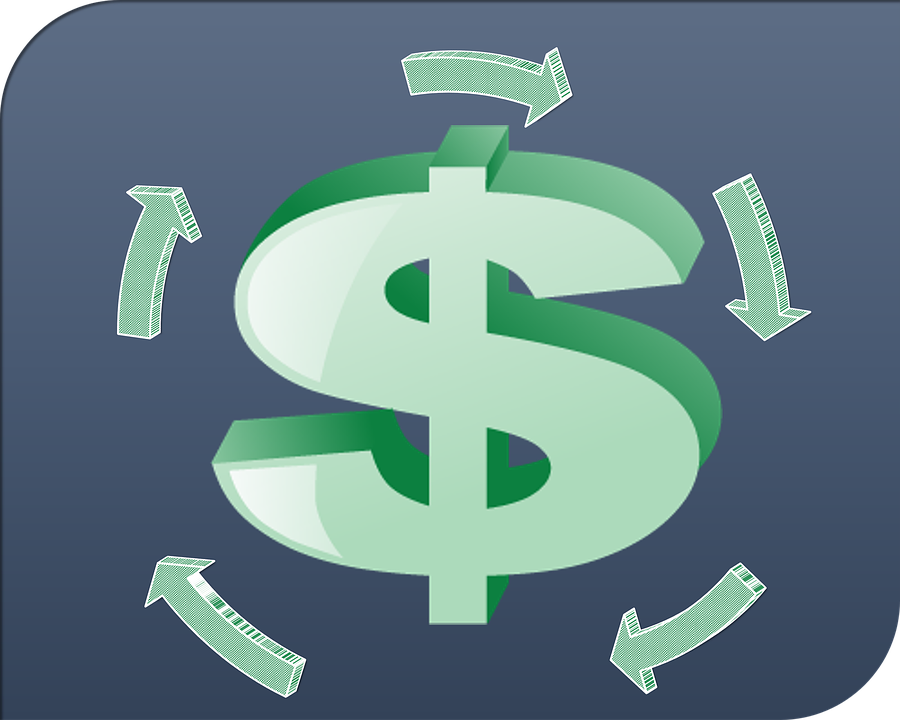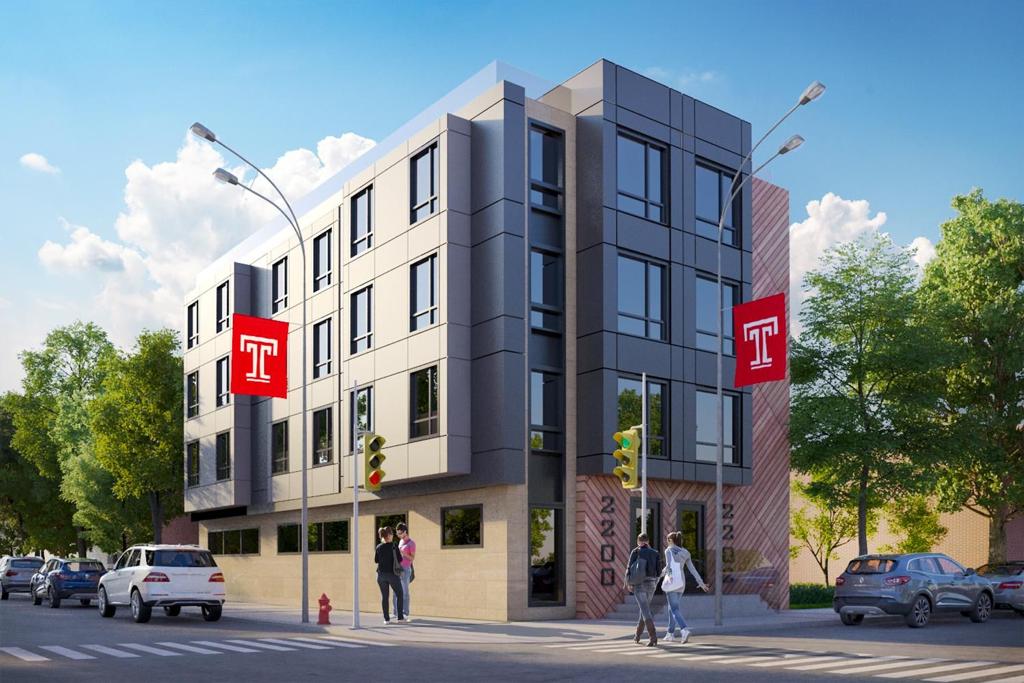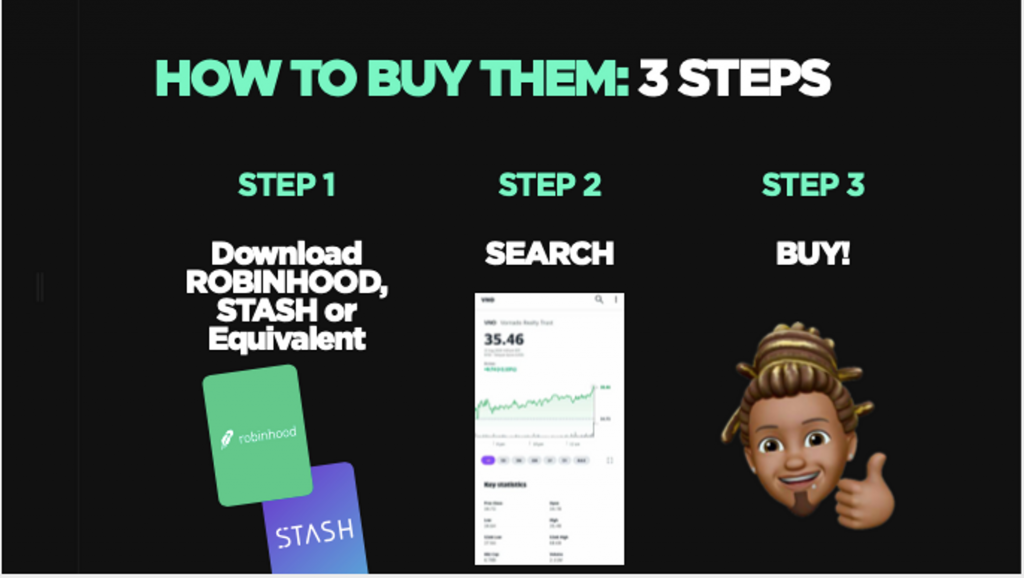In this example, the debt coverage ratio is above 1.2, so this would be a good risk for the bank and they’d likely give the loan.
Let’s say that interest rates change and the bank gives a slightly higher rate, causing a new debt service of $4,500.
Notice how a small change can suddenly change everything!
The Bank Will Reduce Your Loan

In this situation, the bank probably won’t reject the loan. Instead, they will reduce the loan balance until the payment comes in line with their minimum DSCR requirements.
In this situation, the lender will simply reverse the formula and determine what the maximum debt service can be. We can plug in the variables we know to solve for the allowable debt service
1.2 = $5,200 / Max Debt Service
Max Debt Service = $5,200 / 1.2
So, the maximum debt service can be $4,333. Now they just need to figure out what loan balance that will be based on their interest rate and loan term.
…and you’ll be stuck trying to squeeze some quarters out of your couch to pay for the extra down payment.
How the Debt Ratio Affects Returns
In the example above I showed how a loan can be adjusted down before the lender will give the loan. This can significantly reduce your cash on cash returns.
Let’s say you are buying a property in the example above costs $100,000 and requires a down payment of $25,000.
Let’s also say that it generates $10,000 in cash each year and has an NOI of $5,200.
Originally the debt service was supposed to be $4,000 per year, leaving $1,200 in total cash flow.
Now, let’s calculate our cash on cash return. We know that it’s calculated as:
Cash on Cash Return = Total Cash Flow / Total Cash Invested
CoC = $1,200 / $25,000 = 4.8%
This means that for every $100 you invested, you get back $4.8 every year, cash in the bank. This is not to be confused with the overall return on investment.
But due to some fluke, the terms changed and now the debt service will increase. Let’s say that the interest rates increase so your $75,000 loan is at 4.5% now and your debt service goes up from $4,000 per year to roughly $4,560/year. You can see that the new debt service coverage ratio is well below the 1.2 minimum.
I’ll spare you the math, but when I punch it into a calculator I find that the maximum loan value is now roughly $71,000. This creates a yearly debt service of $4,320, bringing you back to 1.2
Comparing The Two Scenarios
Since you’re loan has gone down, you will need to invest an extra $4,000. You’ll also have a lower cash flow because of the higher debt service.
Cash Flow = $5,200 – $4,320 = 880.
Now let’s compare two scenarios. Imagine if you were still able to get 25% down, your cash on cash would look like:
CoC = $880 / $25,000 = 3.5%
Not very good, right? But, that’s because of the increased interest rates.
Now, let’s see how the change in the loan amount affects your return. Remember, your down payment is no longer $25k because it became $29k.
CoC = $880 / $29,000 = 3.03%
Even worse…
Never Neglect the Debt Coverage Ratio
You can see how important this simple ratio is to banks. It can change your returns, your down payment requirements, and it can even kill your deal.
This article originally appeared on IdealREI. Follow them on Facebook, Instagram and Twitter.















You must be logged in to post a comment Login